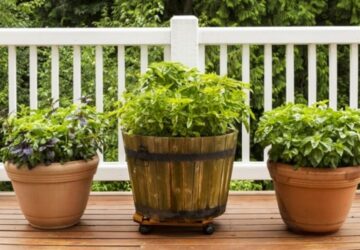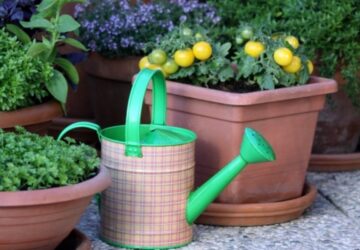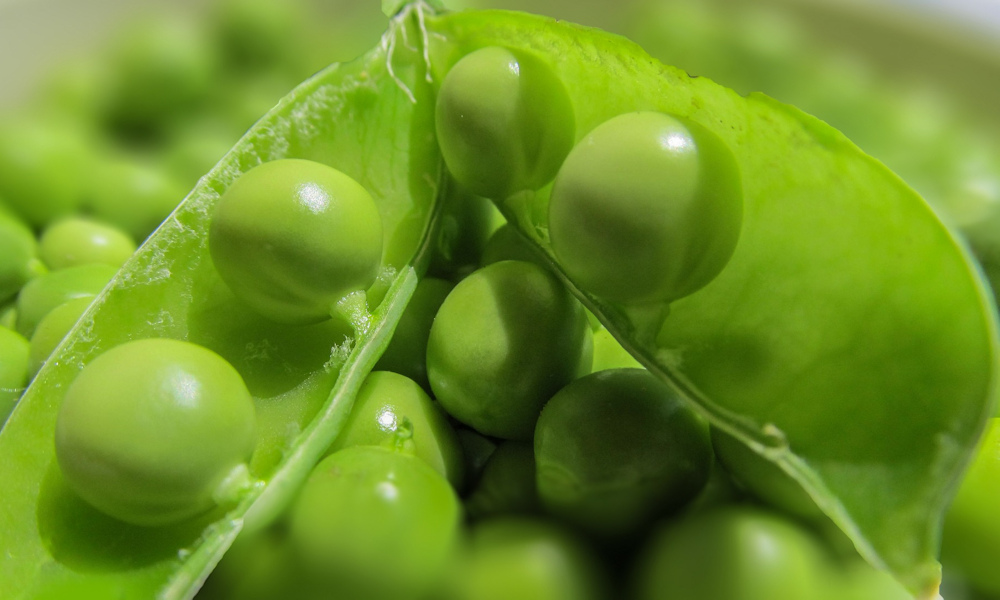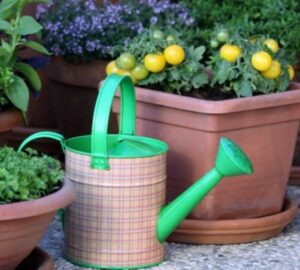If you are planning to plant green pea (Pisum sativum) in your garden for the first time, here are some things you need to know:
Choosing the Right Variety
There are different varieties of green peas, and some are more suitable for specific climates or growing conditions. Choose a variety that is suitable for your area and gardening conditions.
Seed Selection
Choose healthy, disease-free seeds for planting. Soak the seeds overnight in water to help them germinate faster.
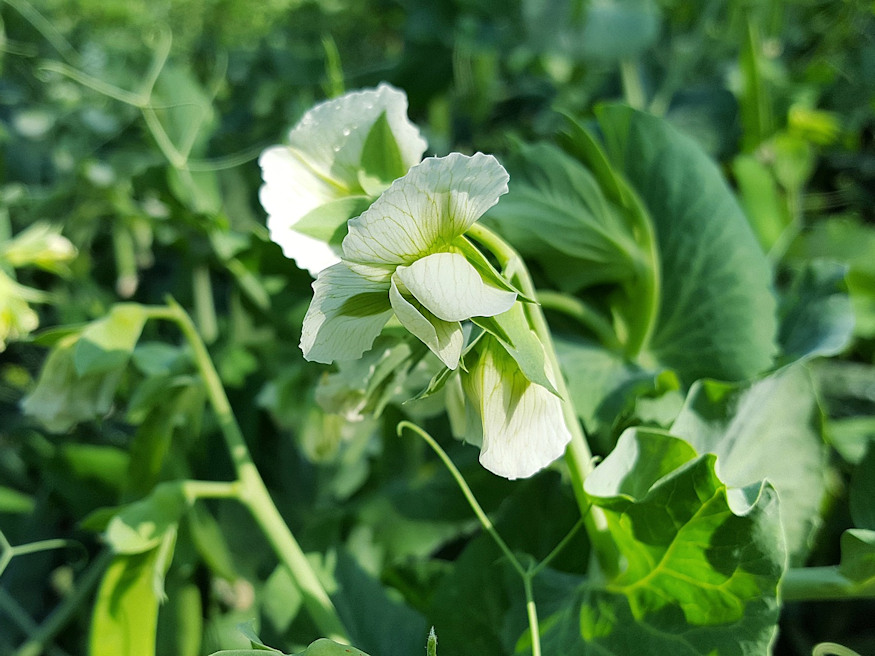
Germination
After soaking the seeds overnight, plant them in a seed tray or small pots filled with seed-starting mix. Keep the soil moist and warm (between 16-21 °C / 60-70 °F) until they germinate, which usually takes 5-10 days.
Lighting
Once the seedlings have emerged, move them to a bright, sunny location or under grow lights. Peas need at least 6 hours of sunlight per day.

Transplanting
When the seedlings are about 10-15 cm (4-6 inches) tall and have several sets of true leaves, they are ready to be transplanted into the garden.
Soil Preparation
Peas grow best in well-draining, slightly acidic soil (pH between 6.0 and 7.5). Prepare the soil by adding organic matter, such as compost or aged manure, to improve soil fertility and structure.
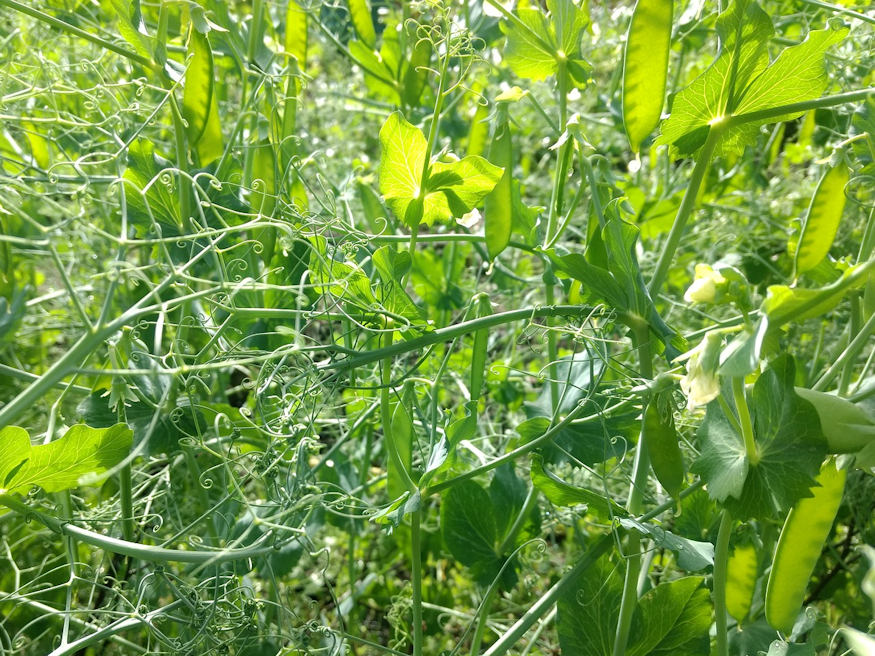
Planting Time
Peas are cool-season crops and are typically planted in early spring or late summer. Plant the seeds as soon as the soil can be worked in the spring or 6-8 weeks before the first fall frost.
Seed Planting Depth and Spacing
Plant the seeds about 3-5 cm (1-2 inches) deep and 5-7 cm (2-3 inches) apart in rows or patches. Make sure to plant the seeds with the eye facing downwards.
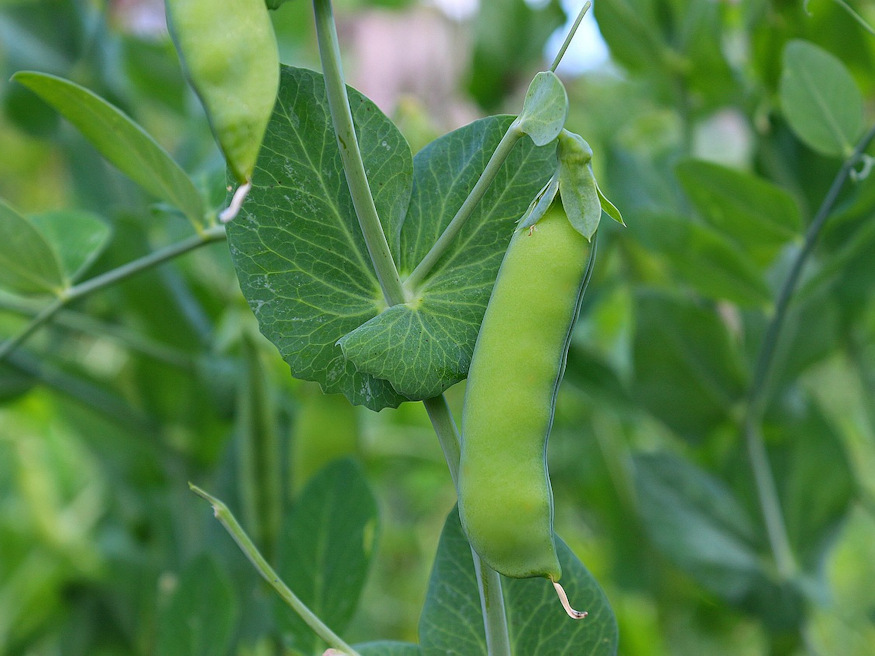
Watering
Keep the soil evenly moist, but not waterlogged, especially during germination. Once the plants are established, water them deeply once a week. Avoid overwatering, as this can lead to fungal diseases.
Support
Peas are vining plants and need support to grow upright. Install a trellis, stakes or bamboo poles in the soil and tie the plants to them using twine.
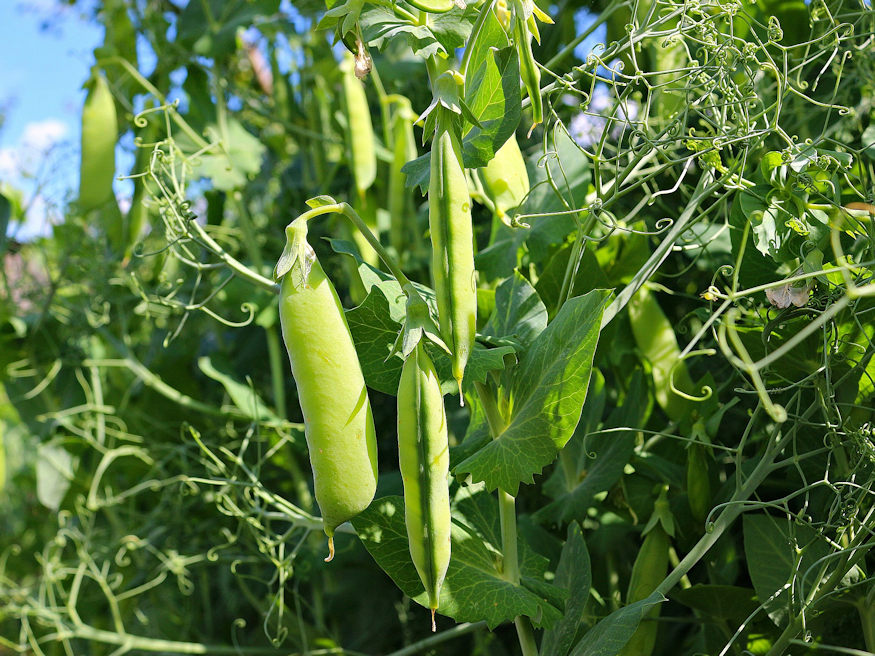
Mulching
Mulching around the base of the plants can help retain moisture in the soil and prevent weeds from growing.
Fertilizing
Peas do not require heavy feeding, but adding compost or a balanced fertilizer once a month can help them grow better.
Pest and Disease Control
Peas can be susceptible to pests, such as aphids, and diseases, such as powdery mildew. Monitor your plants regularly and treat any issues promptly with organic pesticides or fungicides.

Harvesting
Green peas are ready to be harvested when they are plump and bright green, usually 60-70 days after planting. Pick them regularly to encourage the plant to produce more.
By following these guidelines, you can successfully grow green peas in your garden and enjoy their delicious and nutritious pods.

